Hyundai’s Lower, Wider And All-New i10 Comes With A Dedicated App

Hyundai has unveiled the all-new i10, the car that aims to win the hearts and wallets of young people all over Europe.
The A-segment supermini, which is also popular with families as a biffabout alongside something larger and more practical, has been lowered, widened and stuffed with a range of advanced tech and, remarkably, increased visibility. It’s nowhere near as aggressive as the concept and errs maybe a little too far towards the safe side of the styling gamut, but it’s still a decent-looking thing.
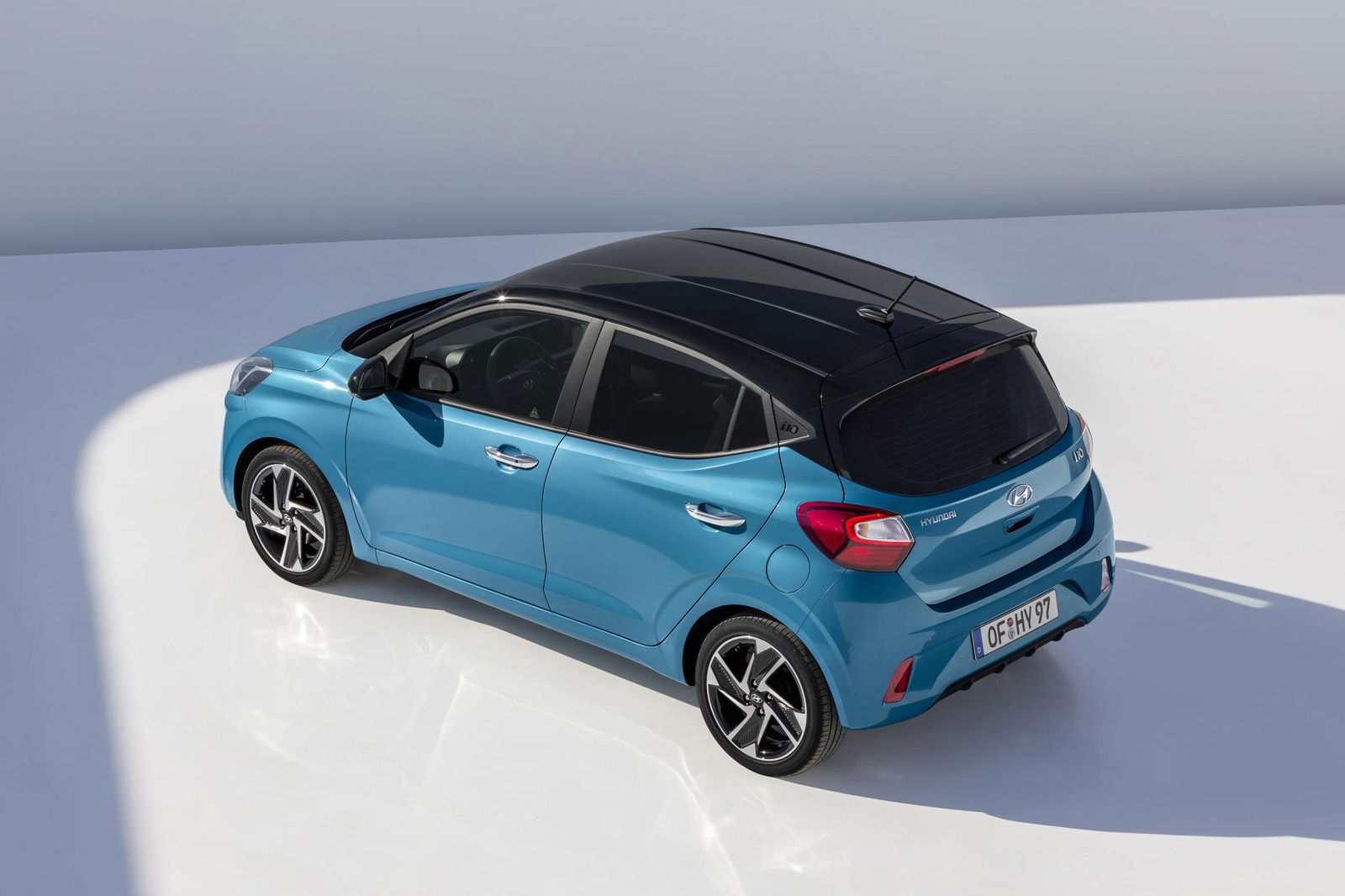
As car makers try to make their cars as sporty as possible they have been thickening the A- and C- pillars in particular, creating huge and unnecessary blind spots, but the new i10 reverses the trend. Its shoulder line is 11mm and 13mm lower front and rear, giving a better view out, and the C-pillars are now slimmer as well.
Its boot measures the same 252 litres as before, which is about as big as it gets for the segment. There’s an adjustable boot floor accessed by a load lip 29mm lower than before, and the rear seats – yours in either a pair or a bench of three – fold for storing bigger items.
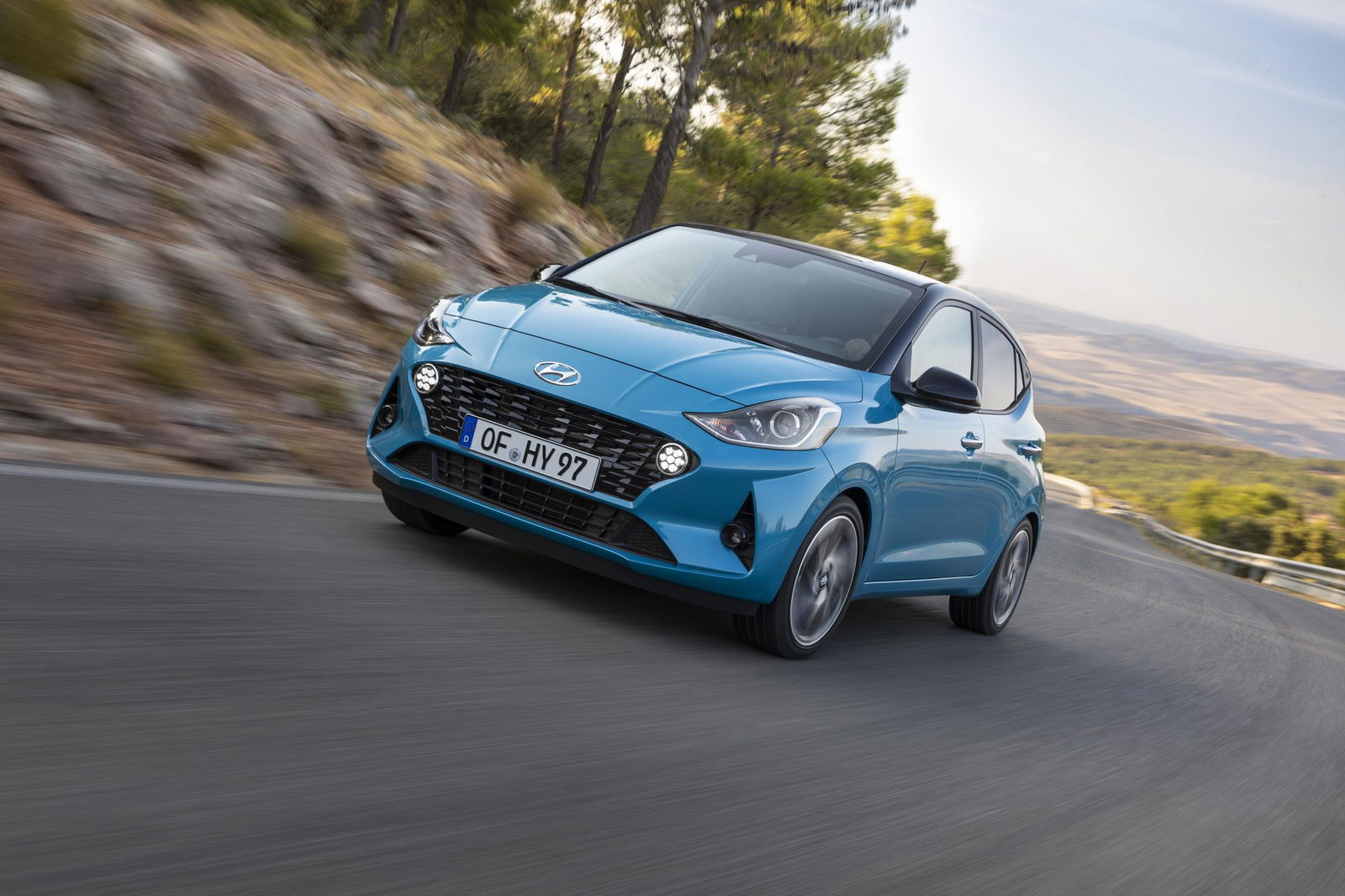
The last i10 was one of those cars that outperformed its own on-paper abilities, just like the Kia Picanto sister car and the Up/Citigo/Mii trinity. These are all much better cars than you’d expect. Overall the new i10 is 20mm lower than the old one, plus 20mm wider to avoid making the cabin feel more cramped. There’s useful storage not just in the glovebox, but also in an open-faced bin above it.
There are four interior colour scheme options to complement the 10 exterior colours. Three of the paint shades are new, namely Dragon Red, Brass and Aqua Turquoise. Tech is in plentiful supply with goodies like an eight-inch touch-screen and a reversing camera for higher models. Apple CarPlay connectivity and Android Auto are included with the media unit, while some versions also add wireless charging.
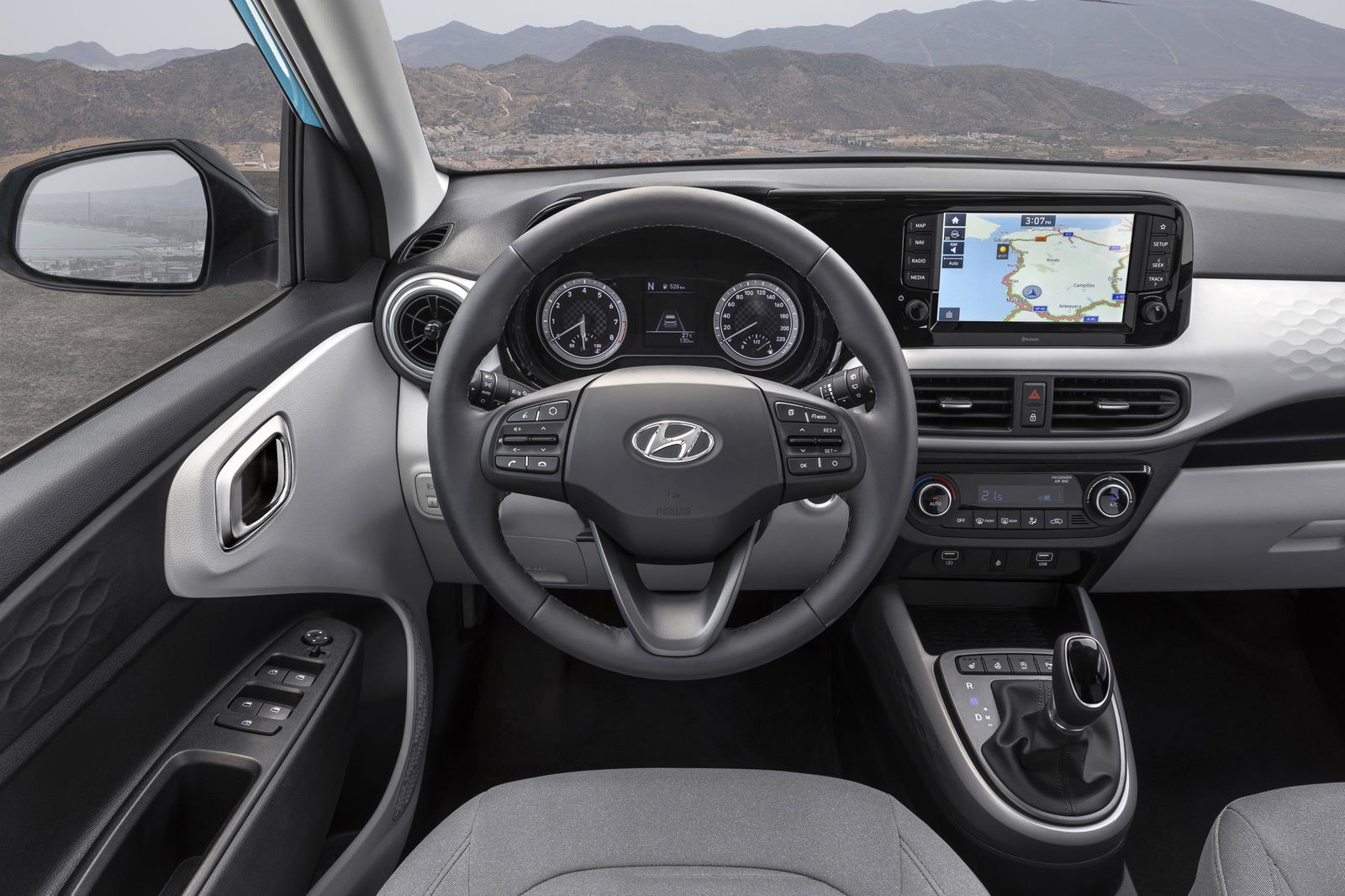
Annoyingly, though, those who choose navigation as part of their package are then subscribed to Hyundai LIVE services, which offer useful connected services like traffic and weather updates in exchange for doing an as-yet unspecified amount of behind-the-scenes analysis of your data. Expect your movements to be tracked and logged as a minimum.
Elsewhere on the spec sheet is a forward-looking camera that detects cars and pedestrians in the roadway. Automatic main beam activation isn’t really necessary but it’s there, as are Lane Keep Assist System, Driver Attention Warning and – think of protecting your licence – Intelligent Speed Limit Warning.
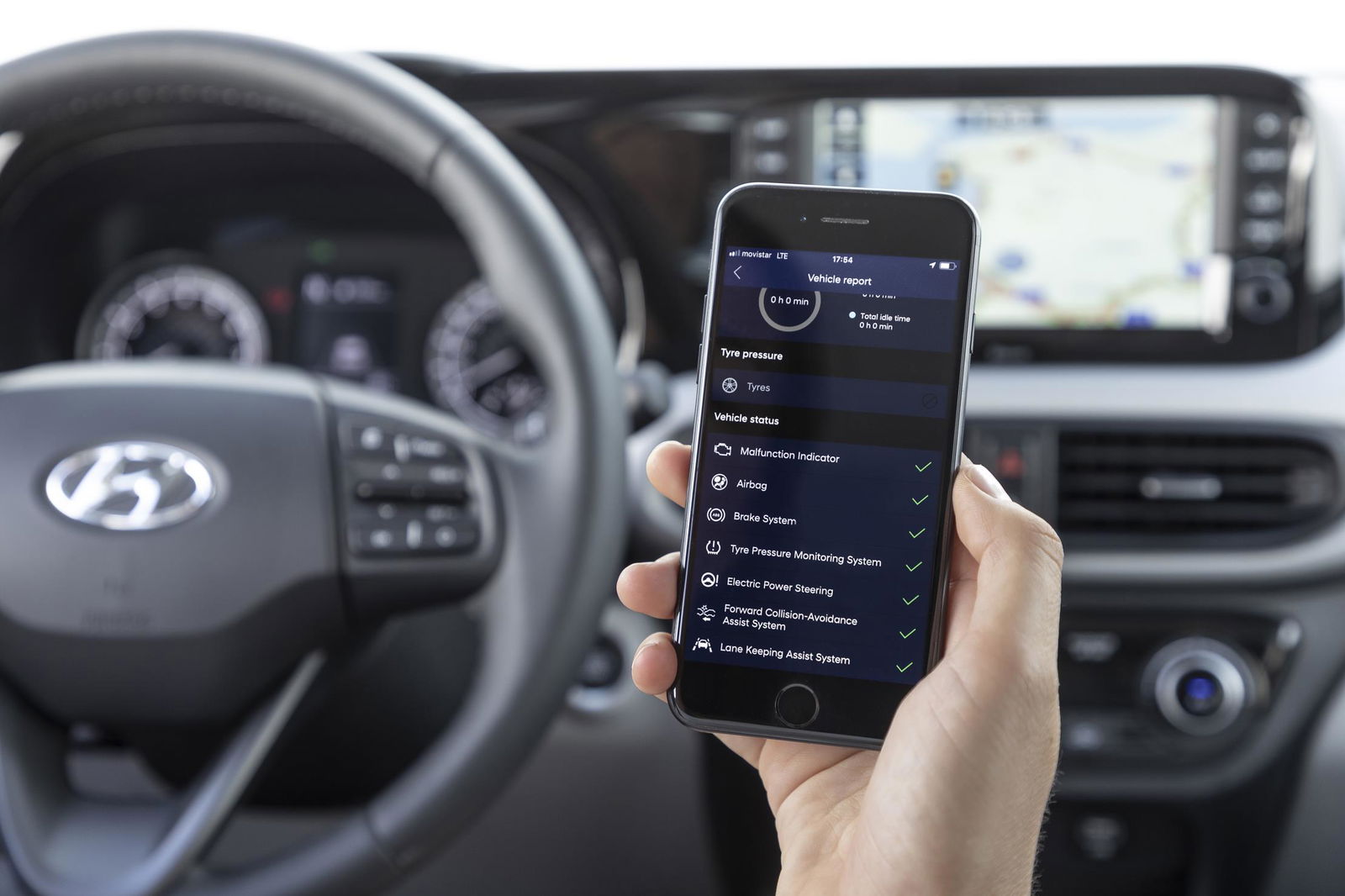
Key to the i10’s identity is a new Bluelink telematics app for your smartphone. Through it you can plan routes, search for points of interest, send it to your car before you even get in and even find the car if you’re the embarrassing sort who sometimes forgets where they parked. Speaking of which, parking spaces and filling stations can be searched for and inputted into the navigation.
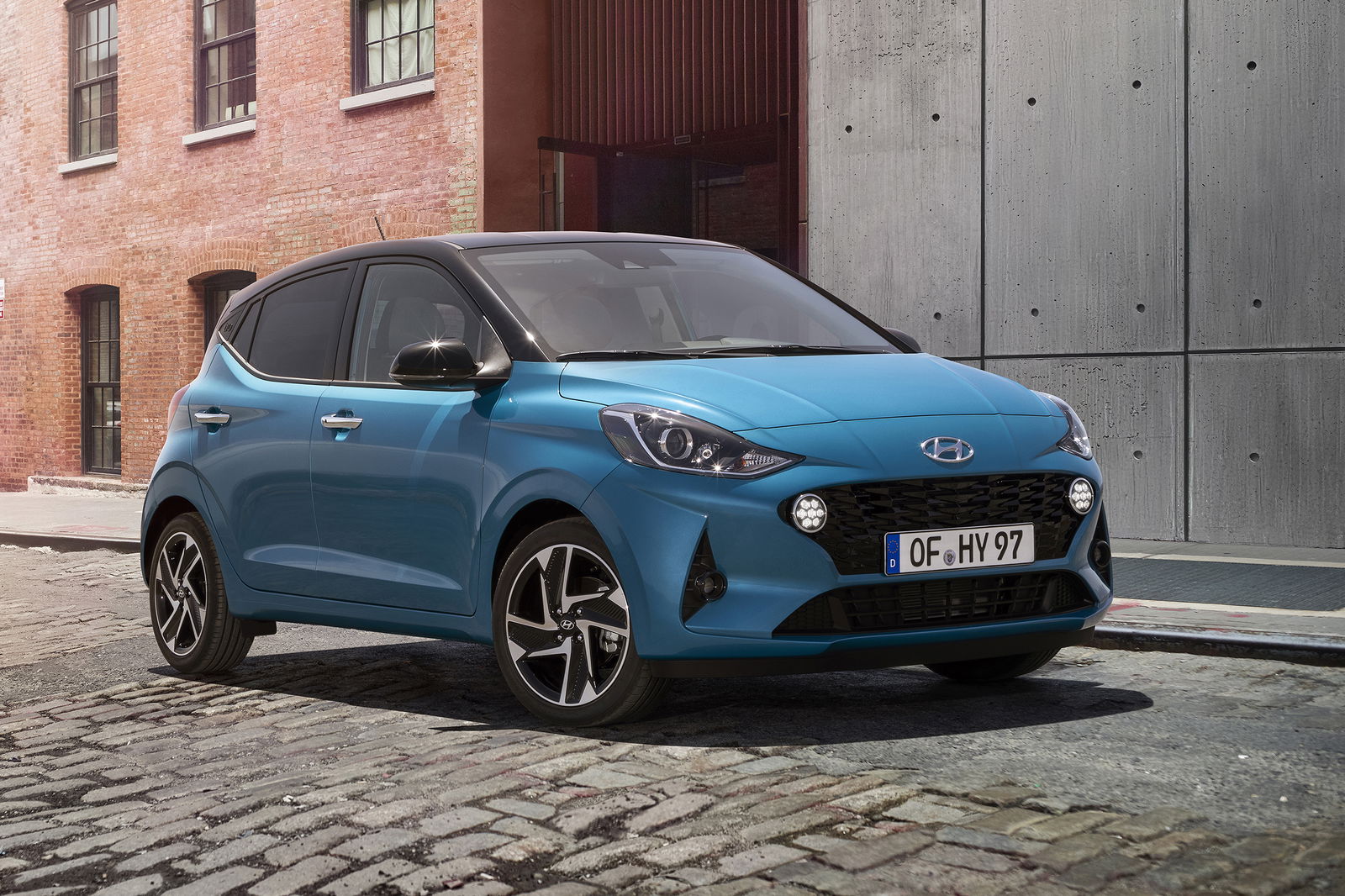
There’s a reason we’ve left the engines until last, and that’s because they’re not exactly the key selling feature here. Your two normally-aspirated petrol options span a 1.0-litre three-pot with 66bhp and a thrummy character, and a 1.2-litre four-cylinder with a healthier 82bhp. Torque is 71lb ft and 87lb ft respectively.
Both come with either a five-speed manual or an optional five-speed automated manual. Engine stop-start is standard on all configurations. The new car is a gnat’s wing more aerodynamic than before but will probably appear less efficient on paper thanks to the more realistic WLTP tests manufacturers have to follow in Europe.
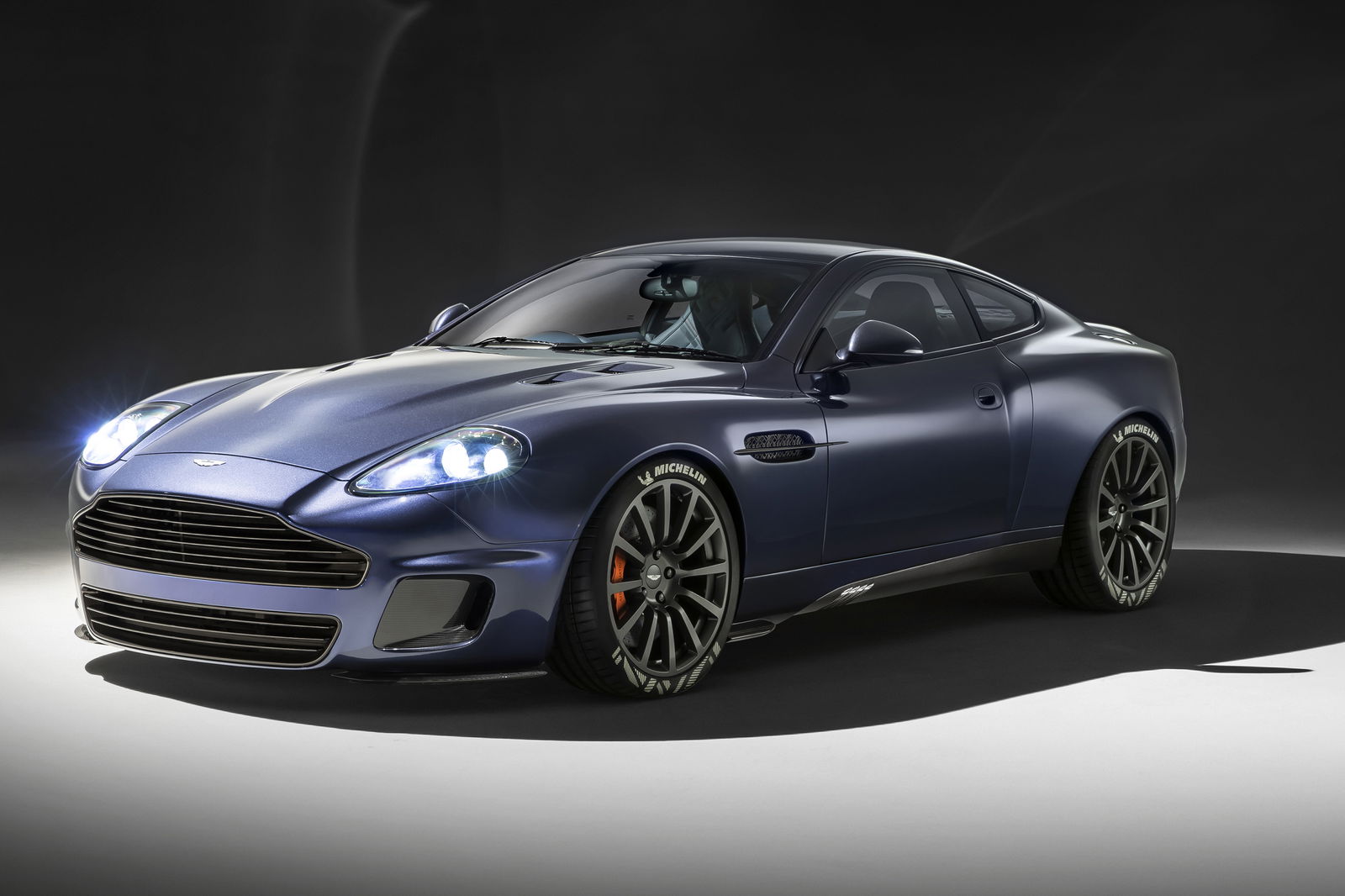
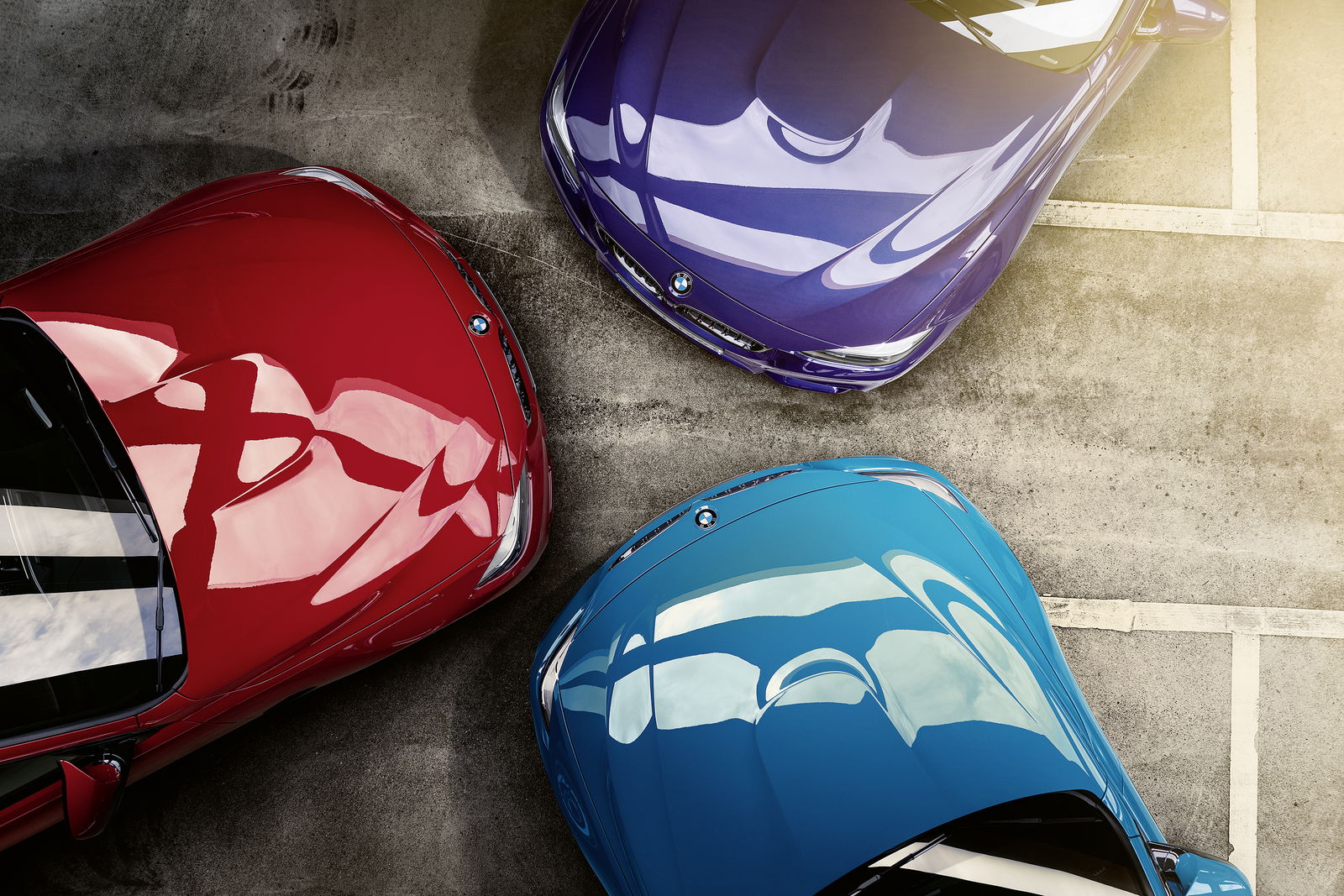
Comments
They need to make Hyundai i10 N.
Looks stylish
Automated manual?! Seriously 😂
Suzuki called, they want their rear end back
Pagination